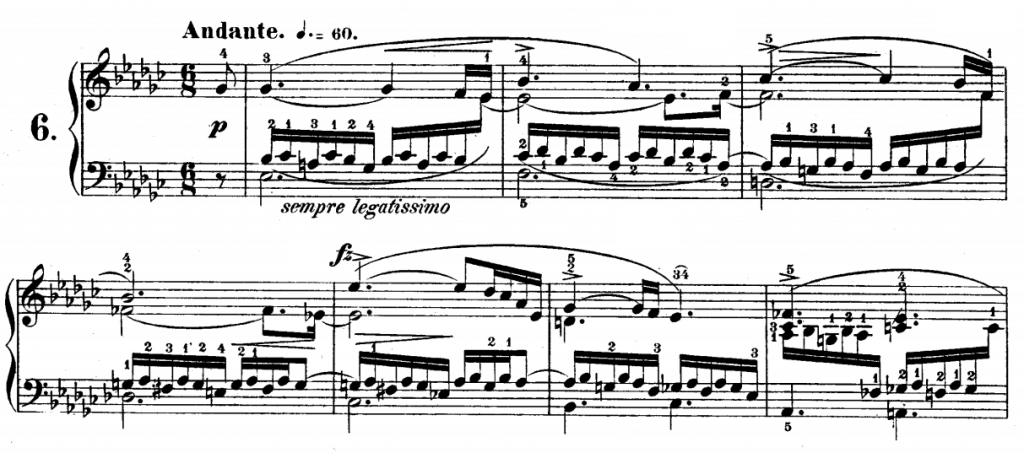Due to inherent limitations in our own perceptive and cognitive abilities, we find the anticipation and realization of unexpected events and connections (within certain parameters) extremely satisfying. We subconsciously predict moment-to-moment what’s going to happen next, and to a large degree, the fulfillment and/or denial of these predictions dictates the amount of creative enjoyment we experience.
During analysis, the Isomer Suite captures a number of attributes related to musical expectation and is able to compare patterns of expectation between musical models. Specifically, the IR Pitch vector is a plot representing the level of melodic expectation with regard to pitch and time.

Through contour comparison and analysis, Isomer is able to discover models with similar patterns of pitch/time expectation. Using the theme from Chopin’s Etude Op.10 No.6 (E-flat minor) as our model, Isomer identifies a similar pattern of pitch/time expectation in the theme from the second movement of Beethoven’s Op.7 Sonata in E-flat major.

Listen to each of the melodic themes while you follow the expectation graphs.

Although the two themes look and sound different in many respects (mode, contour, etc.), the pattern of melodic expectation within each theme remains strikingly similar.

Taken on their own, these expectation patterns are not a indicator of mood or even contour similarity. However, they do provide critical insight into a fundamental cognitive connection between patterns of musical models — a necessary step on the road to computational creativity.

Leave a Reply